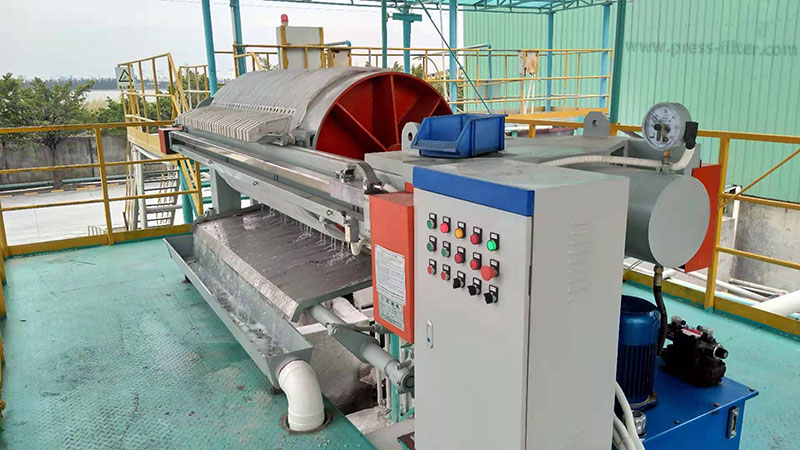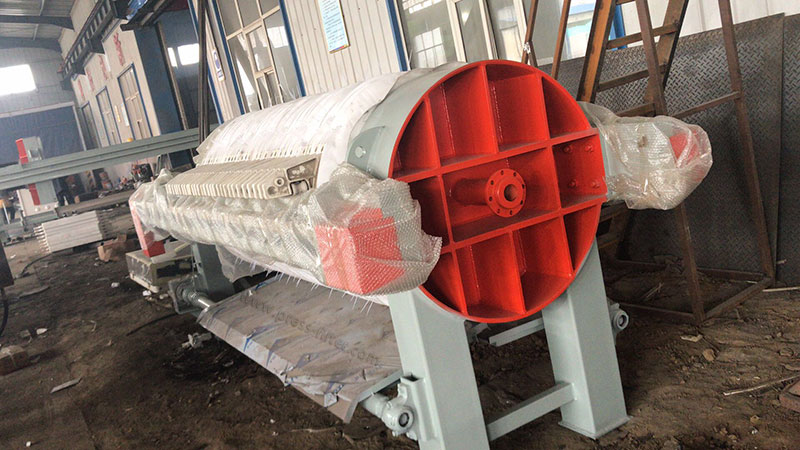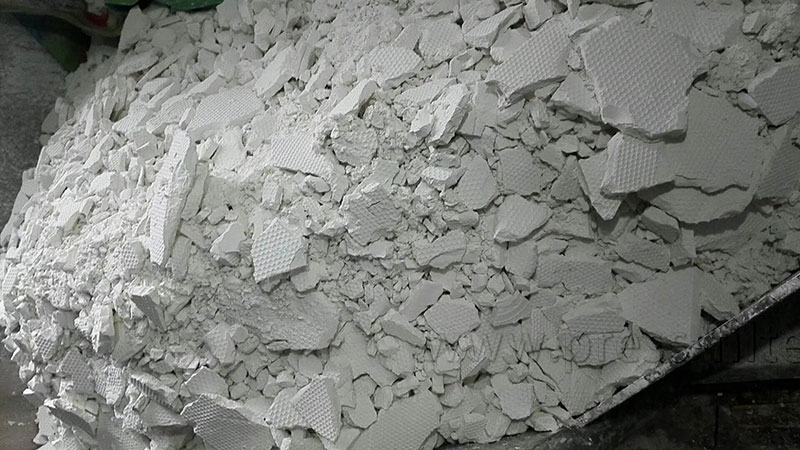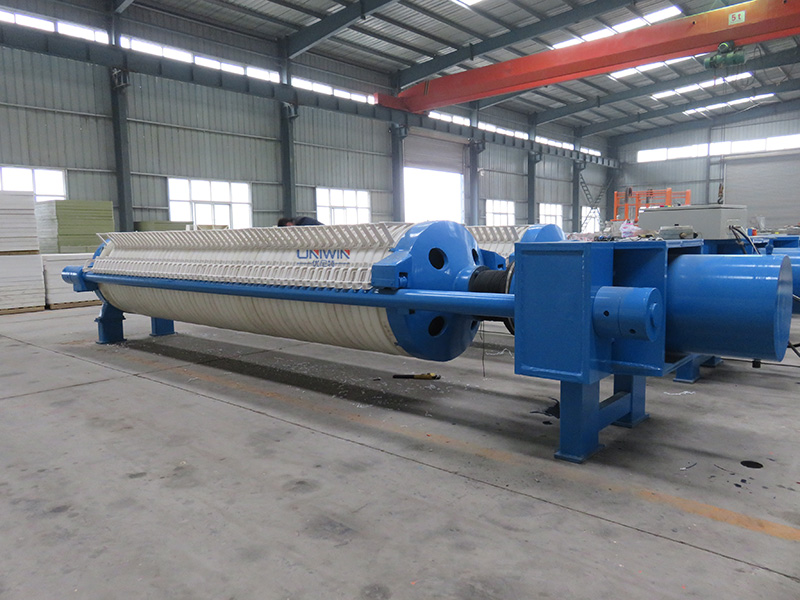Round High-Pressure Filter Press Application in Ceramic Sludge Treatment
Ceramic sludge is solid waste generated in the ceramic production process. It has a high water content and is difficult to treat. Direct discharge will cause harm to the environment and requires a high-pressure filter press for dehydration. The following is the application of a round high-pressure filter press in ceramic sludge treatment.
How is Ceramic Sludge Produced?
In the early stage of ceramic production, the raw materials need to go through processes such as grinding and mixing. This process will produce a certain amount of wastewater containing fine ceramic particles and suspended matter. After sedimentation and solid-liquid separation, the remaining solid part is ceramic sludge. During the molding and processing process, the blank will go through processes such as cutting, trimming, and polishing. The wastewater produced also contains a large amount of ceramic dust and particles. These sediments formed after wastewater treatment are also part of ceramic sludge.

Characteristics of Ceramic Sludge
High water content: Ceramic sludge usually contains a lot of water, and its water content can reach 60%-80%, making it bulky and difficult to handle.
High content of fine particles: Ceramic sludge contains a large number of fine particles, and the particle size of these particles is usually very fine, which makes the sludge more viscous and difficult to dehydrate. Flocculants (PAM, PAG) can be added for pretreatment before filtering.
Complex chemical composition: Ceramic sludge contains mineral components such as clay, quartz, and feldspar and may also contain a certain amount of organic matter, heavy metals, and other additives.
Difficult to decompose naturally: Due to its complex composition, ceramic sludge is difficult to decompose quickly in the natural environment, and it is easy to cause long-term pollution to soil and water.

Ceramic Sludge Treatment Process
Conditioning sludge: Add flocculants (PAM, PAG) or other chemical agents to enhance the cohesion of fine particles in the sludge, making the sludge easier to dehydrate.
Concentration: Remove the water from the sludge after flocculation through the concentration tank to reduce the processing burden of the subsequent filter press.
Feeding: The pre-treated ceramic sludge is pumped into the high-pressure filter chamber of the filter press. The sludge is evenly filled into each filter chamber under the pump’s action. The feed pump usually has an adjustable pressure to adapt to the characteristics of the sludge.
Filtration: At the beginning, the filter press applies a low pressure to discharge the filtrate through the filter cloth. As the filtration progresses, the filter press gradually increases the pressure, usually up to 1.6-2.0 MPa, to further squeeze out the water in the sludge and form a mud cake with a low moisture content.
Unloading the filter cake: Once the filtration is completed, the filter press will automatically or manually open the filter plate to unload the mud cake. The filter cake that does not fall automatically is manually unloaded by the workers.

Advantages of High-Pressure Filter Press
High-efficiency dehydration: The high-pressure filter press has a round filter plate, which can exert a higher pressure (usually up to 1.6-2.0 MPa) than ordinary filter presses, greatly improving the dehydration effect of sludge and significantly reducing the moisture content of sludge to below 30%.
High production efficiency: The high-pressure filter press has a high degree of automation, can realize automatic operations, and reduces manual intervention. It improves the efficiency of the entire sludge treatment process and can meet the high output and high-efficiency needs of the ceramic industry.
Wide range of applications: The high-pressure is suitable for ceramic sludge, kaolin, and stone wastewater treatment of various scales and can provide efficient wastewater treatment solutions.
Conclusion
In short, the high-pressure round filter press has significant advantages in treating ceramic sludge, which can greatly improve filtration efficiency and meet various filtration requirements.


